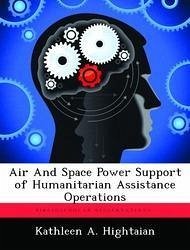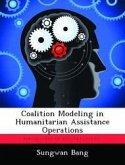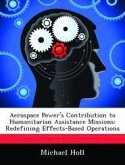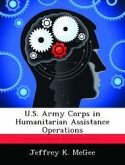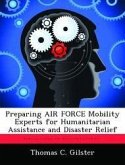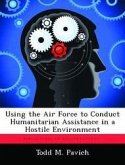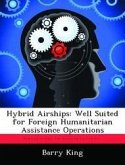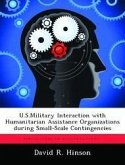Two separate doctrinally defined US Armed Forces' missions accomplish humanitarian assistance operations (HA). Outside of the US and its territories, Foreign Humanitarian Assistance (FHA) provides relief from the results of natural or man-made disasters. The United States Armed Forces provide support for FHA operations under the direction of US civil authorities and in concert with multi-national coalition partners and nongovernmental organizations (NGOs).1 Within the United States, military support to civil authority (MSCA) operations provide support to federal, state and local authorities when civil authorities cannot respond adequately to an emergency. The United States Armed Forces provide support for MSCA operations to the Department of Homeland Security under the direction of the lead federal agency (LFA) the Federal Emergency Management Agency (FEMA).2 The purpose of this paper is to describe how, guided by current doctrinal principals, the Commander Air Force Forces (COMAFFOR) or Joint Force Air Component Commander (JFACC) utilizes air and space power functions to accomplish military and political objectives during FHA and MSCA operations. The paper will examine historical applications of air and space power functions in humanitarian assistance operations in order to discover lessons that can improve the effectiveness and efficiency of future operations.
Hinweis: Dieser Artikel kann nur an eine deutsche Lieferadresse ausgeliefert werden.
Hinweis: Dieser Artikel kann nur an eine deutsche Lieferadresse ausgeliefert werden.

